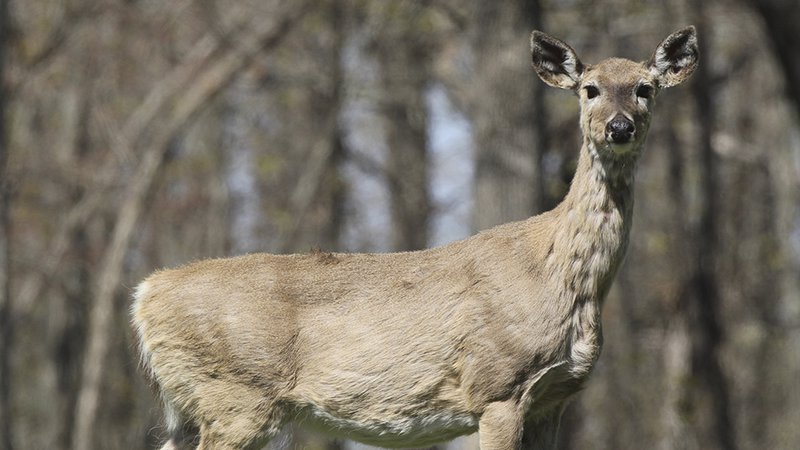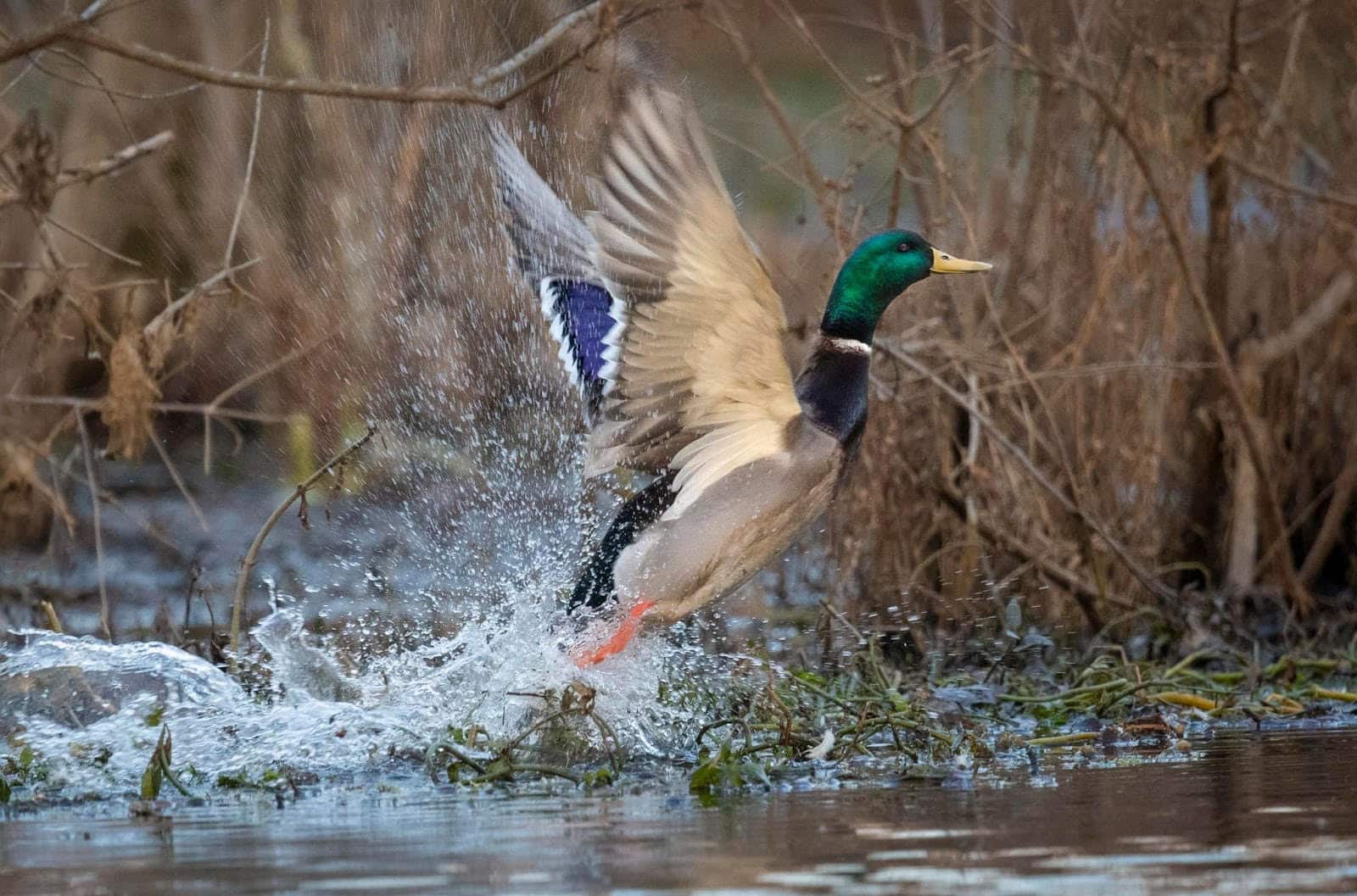CWD confirmed in three NW Arkansas counties
ON 01-09-2018

Jan. 9, 2018
Keith Stephens
Chief of Communications
LITTLE ROCK – Chronic wasting disease, detected in Arkansas almost two years ago, has been found in three more counties. Four white-tailed deer in Benton, Washington and Sebastian counties recently tested positive for the deadly disease, according to the Arkansas Game and Fish Commission.
The deer in Benton County were a 2½-year-old doe near Decatur and a 5½-year-old doe near Springtown. The Sebastian County deer was an adult buck near Lavaca, and the one from Washington County was a 1½-year-old buck near Prairie Grove. All four were harvested by hunters during the 2017-18 deer season, and confirmed as CWD-positive by the Wisconsin Veterinary Diagnostic Laboratory in Madison.
Test results have not been received for all samples that have been collected; it’s possible more deer and elk could test positive for the disease. Since these positive samples were detected outside the current CWD Management Zone, the AGFC will continue their review to ensure all information is accurate.
“Although CWD is a serious threat to Arkansas’s elk and white-tailed deer, we are not the first to deal with the disease,” AGFC Director Pat Fitts said. “Our staff is prepared and, with help from the public, will respond with effective measures. We have learned from the experiences of 23 other states.”
CWD was first detected in Arkansas Feb. 23, 2016, when a hunter-harvested elk in Newton County tested positive. The first Arkansas deer with CWD was verified March 3, 2016, also in Newton County.
Public meetings in the area will be scheduled as forums to discuss plans and to answer questions.
CWD was first documented among captive mule deer in Colorado in 1967, and has been detected in 24 states and two Canadian provinces. It’s been found in the wild in 20 states and among captive cervids in 15 states.
The Commission has taken several steps to prevent the disease, which strikes cervids (deer, elk and moose), from entering the state. A moratorium on live cervid importation began in 2002, and the importation of cervid carcasses was banned in 2005. Moratoriums on permits for commercial hunting resorts and breeder/dealer permits for cervid facilities were put in place in 2006. Capturing white-tailed deer by hand was banned in 2012.
According to the CWD Alliance, the disease was discovered among captive mule deer in Colorado in 1967, and has been detected in 24 other states and two Canadian provinces. Biologists believe a protein particle called a prion is transmitted through feces, urine and saliva, and can survive for years in soil and plants. CWD can have an incubation period of at least 16 months, which means infected animals may not show symptoms immediately.
CWD affects an animal’s nervous system. Prions transform normal cellular proteins into abnormal shapes that accumulate until neural cells cease to function. Infected animals begin to lose weight, lose their appetite and develop an insatiable thirst. They tend to separate from their herds, walk in repetitive patterns, carry their head low, salivate, urinate frequently and grind their teeth.
Visit ArkansasCWD.com for more information.
Recent News

Arkansas Wildlife Weekly Fishing Report
Jun. 26, 2025

2025-26 Federal Duck Stamp reveal Friday
Jun. 26, 2025
Subscribe to Our Weekly Newsletter E-mails
Don’t miss another issue. Sign up now to receive the AGFC Wildlife Weekly Newsletter in your mailbox every Wednesday afternoon (Waterfowl Reports are published weekly during waterfowl season and periodically outside the season). Fishing Reports arrive on Thursdays. Fill in the following fields and hit submit. Thanks, and welcome!
